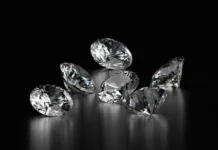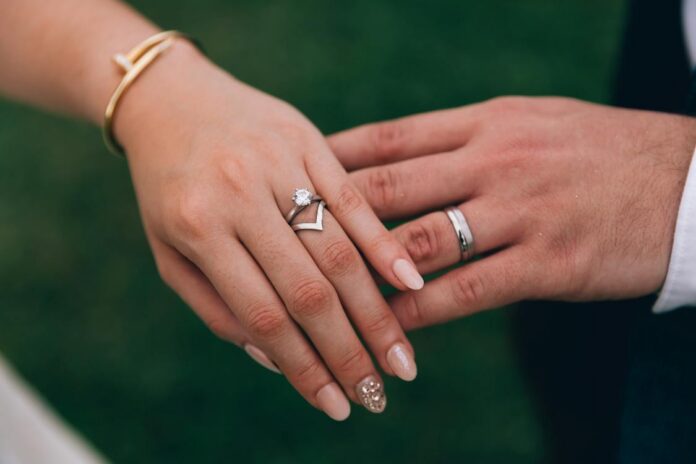
A new star has risen in the dazzling world of diamonds, capturing the hearts of jewelry lovers and environmental enthusiasts: the lab-grown diamond. These marvels of modern science and artistry offer a sustainable and ethical alternative to their mined counterparts, embodying the perfect blend of technology and natural beauty. But what exactly goes into creating these sparkling gems? Let’s journey from the laboratory to your own jewelry collection to uncover the secrets behind lab-grown diamonds.
For more detailed insights, you might want to check out our guide to lab grown diamonds.
The Birth of a Lab-Grown Diamond
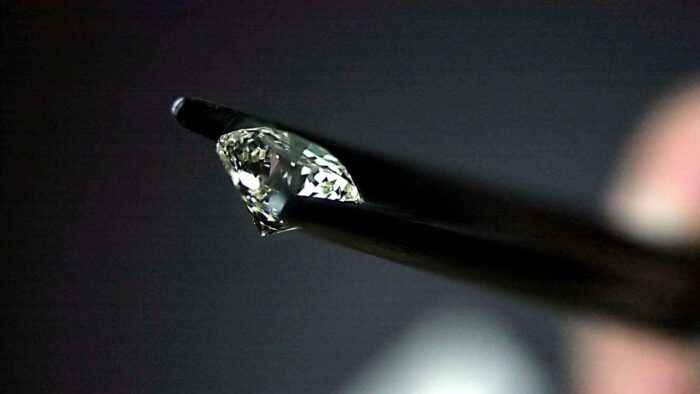
From Carbon to Crystal: The Making of a Lab-Grown Diamond
The journey of a lab-grown diamond begins with a tiny seed. This seed is a small diamond fragment, which serves as the foundation upon which the larger diamond will grow. The process mimics nature’s method of diamond formation but in a controlled laboratory environment, enabling the creation of these precious stones without the extensive mining processes associated with natural diamonds. This innovative approach not only replicates the natural conditions under which diamonds form but also allows for the precise control of the diamond’s properties, such as color and clarity.
Two primary methods are used to grow diamonds: High-Pressure- High-Temperature (HPHT) and Chemical Vapor Deposition (CVD).
In the HPHT method, the diamond seed is placed in a press, and exposed to high temperatures and pressures, similar to the conditions deep within the Earth where natural diamonds are formed. Specifically, temperatures can soar to about 1,400 to 1,600 degrees Celsius, with pressures exceeding 50,000 atmospheres. This intense environment facilitates the transformation of carbon into its crystalline form. Over weeks or months, carbon atoms sourced either from graphite or another carbon-heavy material gradually crystallize around the seed, forming a rough diamond. The HPHT method is renowned for its ability to produce large, high-quality diamonds suitable for a variety of jewelry applications.
The CVD method, on the other hand, involves placing the diamond seed in a chamber filled with a carbon-rich gas, typically methane, and sometimes hydrogen. The chamber is then heated to extreme temperatures, often exceeding 800 degrees Celsius. This heat causes the gas to break down, and carbon atoms accumulate on the diamond seed, layer by layer.
One key advantage of the CVD method is its ability to produce diamonds with fewer impurities and defects, resulting in clearer and more colorless diamonds. Moreover, CVD allows for more control over the chemical environment, enabling the production of diamonds with specific characteristics, such as fancy-colored diamonds.
The Art of Crafting Perfection
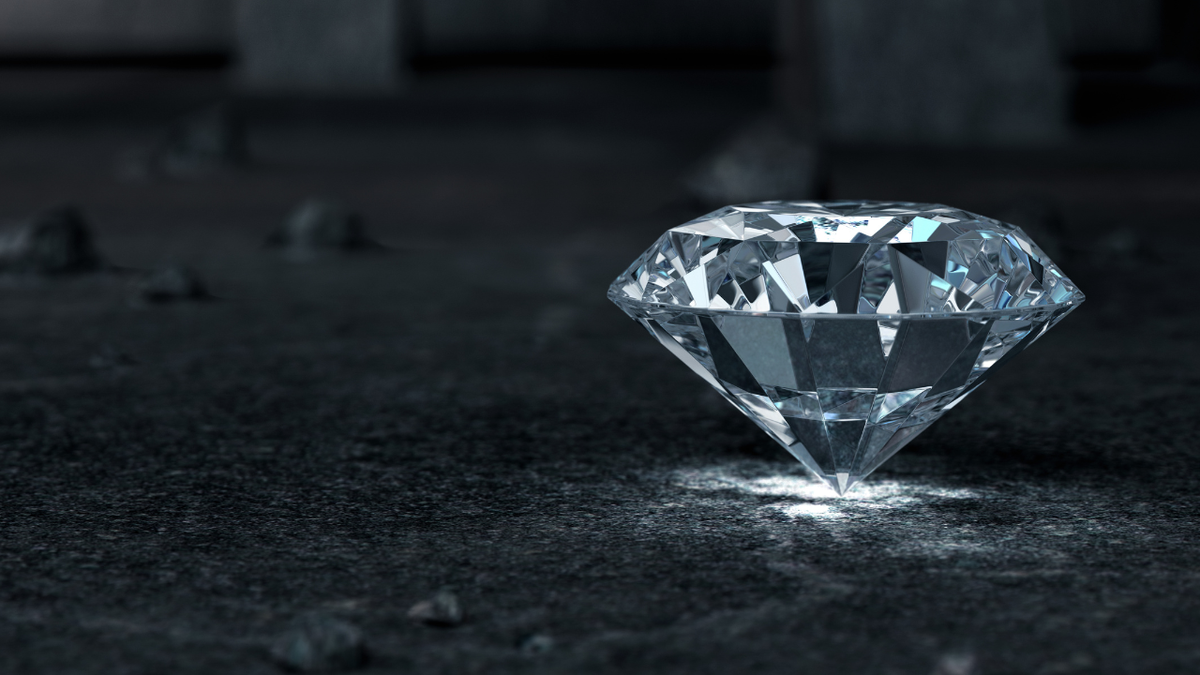
Transforming Rough Stones into Dazzling Jewels
Once the rough diamond is created, it undergoes a series of meticulous steps to transform it into the sparkling gem we recognize. The first step is the planning stage, where experts use advanced scanning technology to determine the best way to cut the diamond to maximize its size, shape, and brilliance. This process is critical, as even a minor miscalculation can significantly lose the diamond’s potential value and beauty. Using cutting-edge software, the planners visualize multiple cutting options, carefully weighing the pros and cons of each possibility.
The cutting process is both an art and a science, requiring skilled craftsmanship and precision technology. The diamond is cut into specific shapes, such as round, oval, or princess, with each cut designed to enhance the stone’s natural brilliance and fire. The artistry involved in this stage is immense, as each cut must be strategically made to allow the maximum amount of light to enter and reflect within the diamond, resulting in its signature sparkle. Experienced artisans, often with generations of knowledge, work alongside state-of-the-art machines to ensure each facet is cut to exacting standards.
After cutting, the diamond is polished to give it its characteristic shine. This crucial stage brings out the diamond’s clarity and luster. Each facet is carefully polished, ensuring the final product is a masterpiece of light and reflection. The polishing process demands a high degree of precision; even a slight over-polishing can alter the angles and proportions of the diamond, affecting its optical performance. The aim is to achieve a smooth and reflective surface, which allows the diamond to display its full brilliance and fire.
The Final Touches: Inspection and Certification
Quality assurance is paramount in the journey of a lab-grown diamond. Each gem is thoroughly inspected by gemologists who assess its color, clarity, cut, and carat weight. This step is vital to determine the diamond’s grade and value. The grading process is meticulous, with experts examining the diamond under various lighting conditions and magnifications to identify any flaws or inclusions. These characteristics are carefully documented, providing a complete diamond quality profile.
Like their natural counterparts, these diamonds can be certified by renowned gemological laboratories, ensuring their quality and authenticity. The certification process involves a detailed analysis of the diamond’s characteristics and a comprehensive report that accompanies the diamond. This report provides buyers with assurance and confidence in their purchase, knowing that their diamond meets strict standards of quality and ethical production.
Certification also plays a crucial role in distinguishing lab-grown diamonds from natural ones. It ensures transparency and trust in the diamond industry, offering consumers a clear understanding of what they are purchasing. With these final touches, a lab-grown diamond is ready to become a cherished piece of jewelry, symbolizing love and beauty and a commitment to innovation and sustainability.
Conclusion
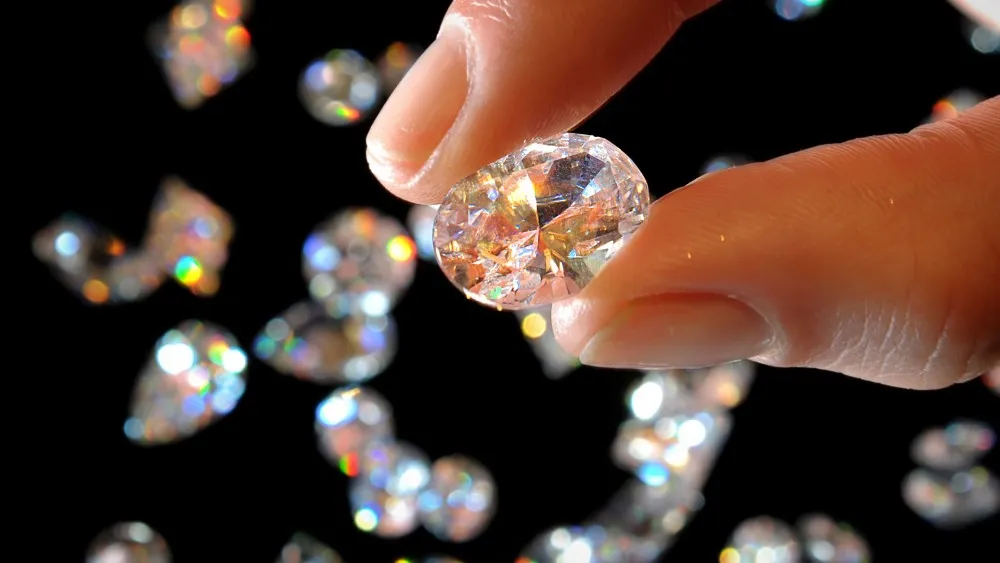
The journey of a lab-grown diamond, from a carbon seed to a stunning piece of jewelry, is a remarkable testament to human ingenuity and a commitment to sustainability. These diamonds provide a conflict-free and environmentally friendly option and offer the same beauty and durability as mined diamonds. Whether set in a ring, necklace, or earrings, a lab-grown diamond carries a story of innovation, craftsmanship, and a brighter future for our planet. As you wear your lab-grown diamond, you don’t just adorn yourself with a piece of jewelry; you become a part of a revolutionary movement in the world of gemstones, where beauty meets responsibility.






